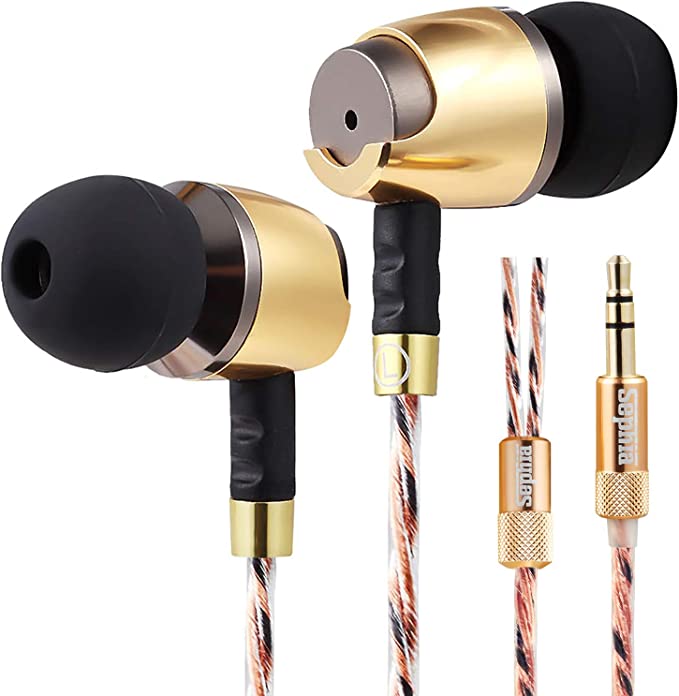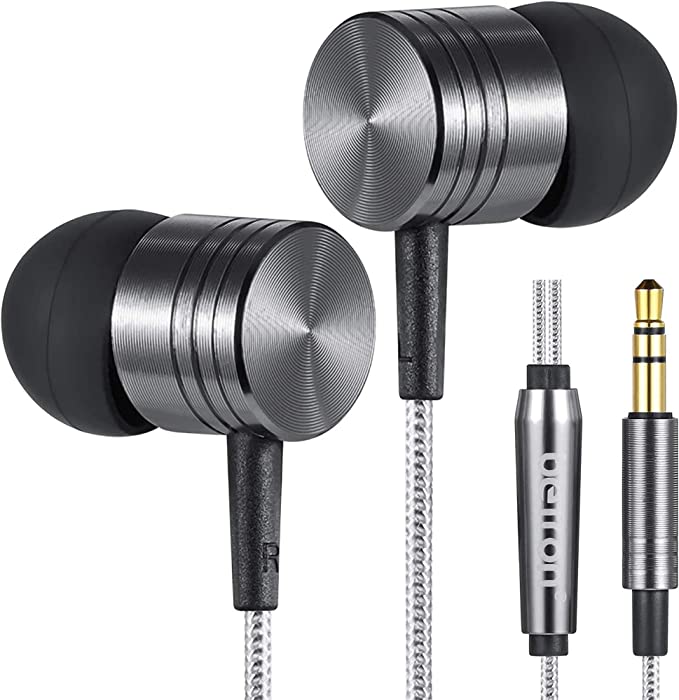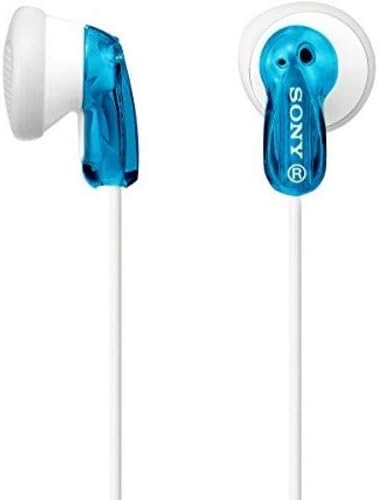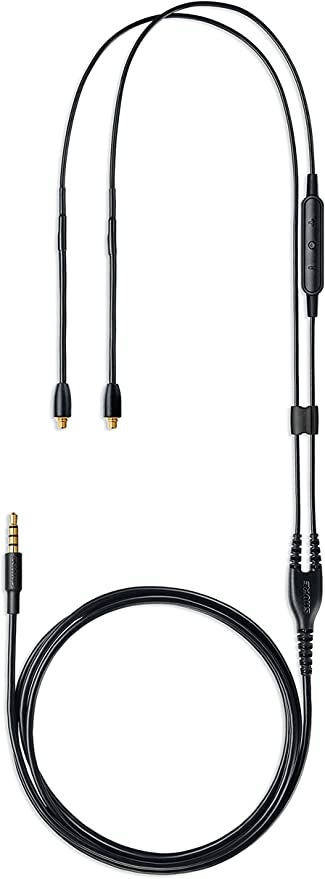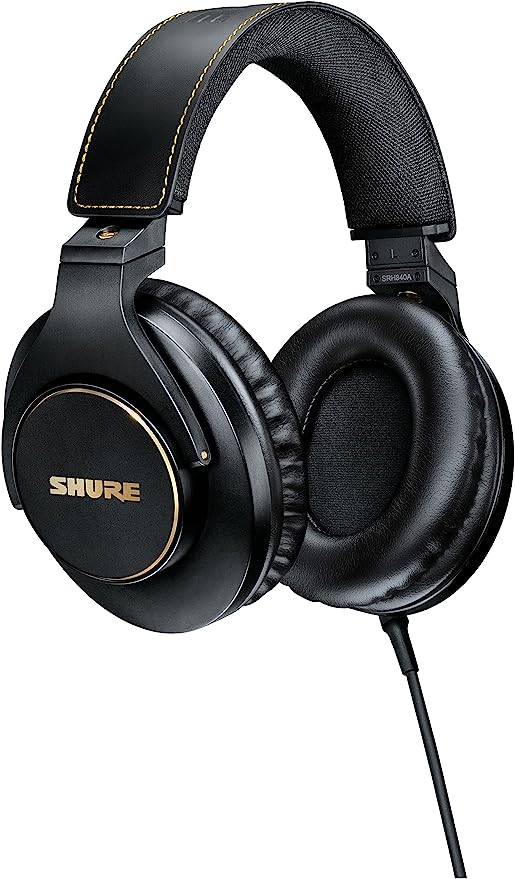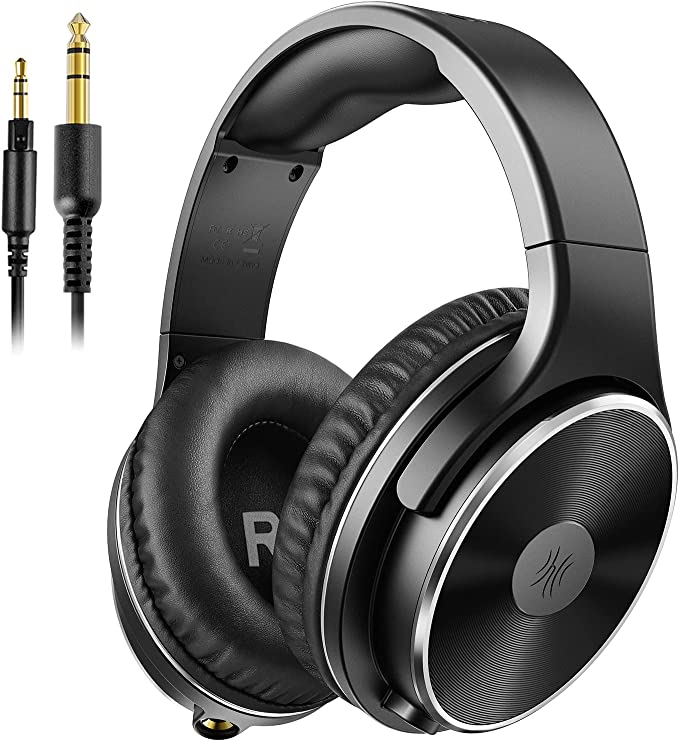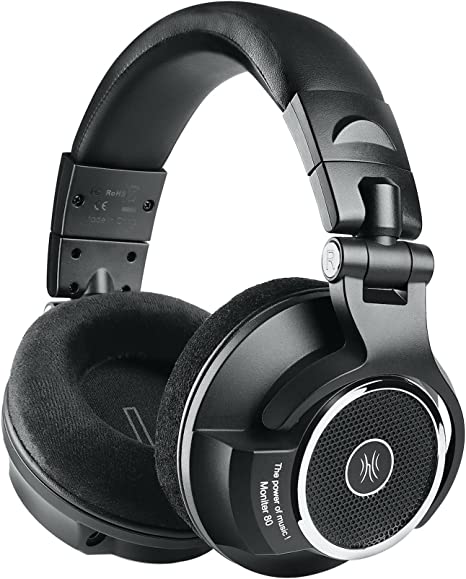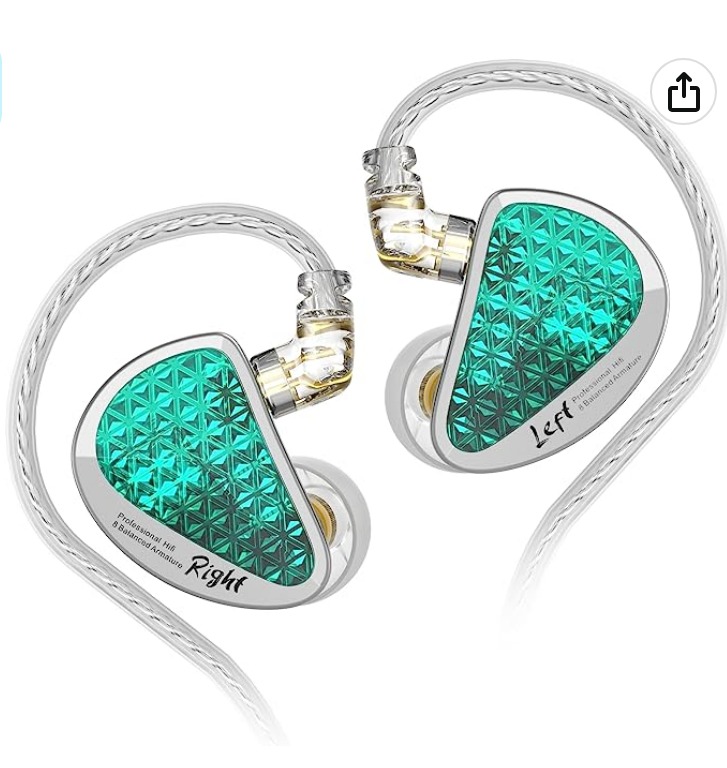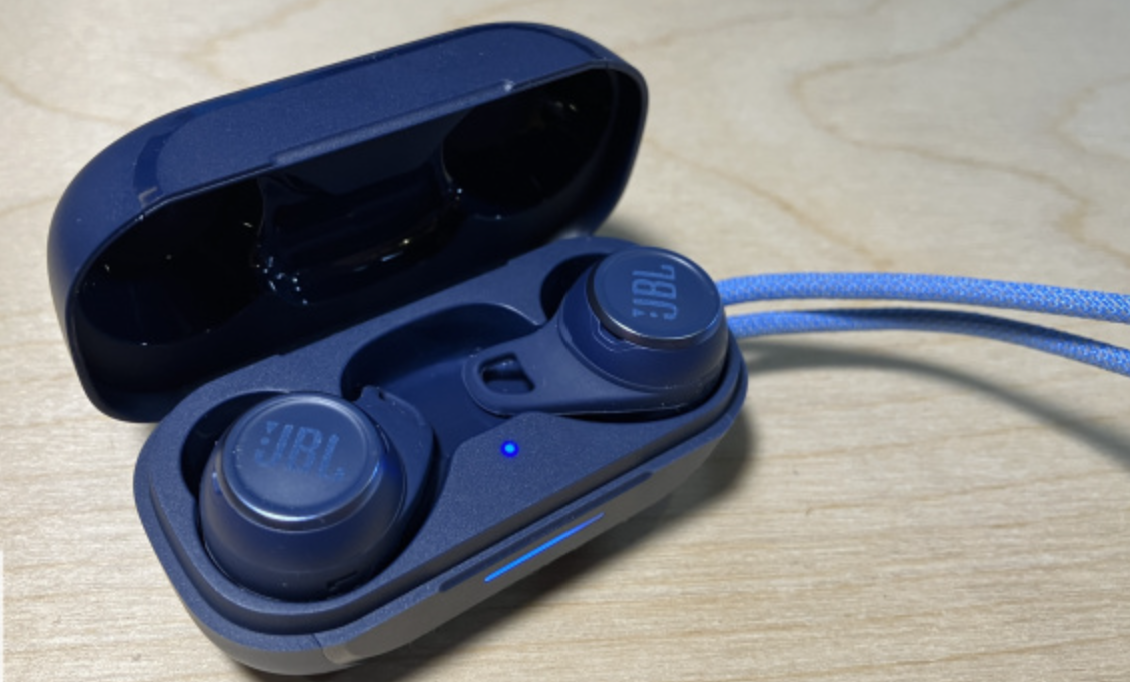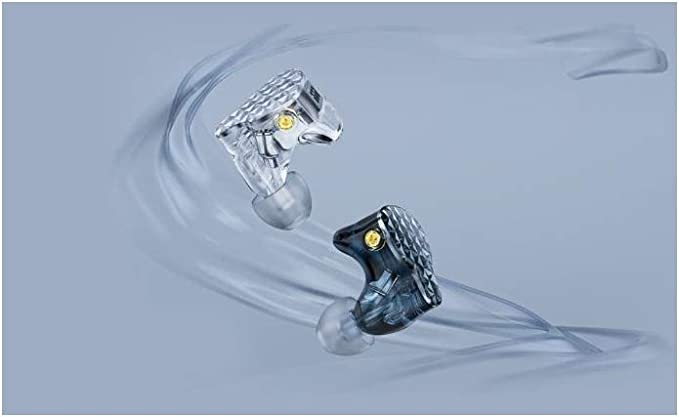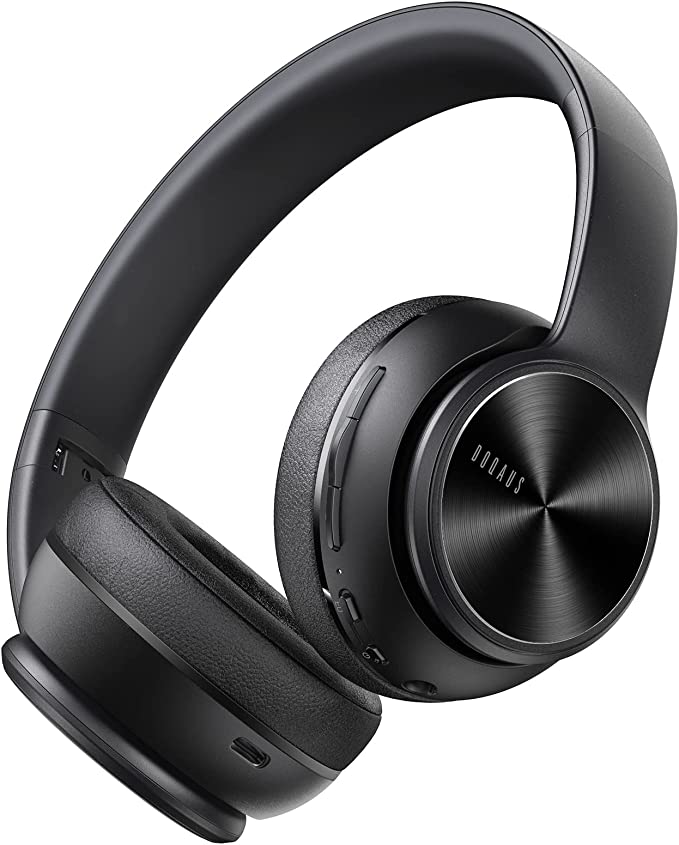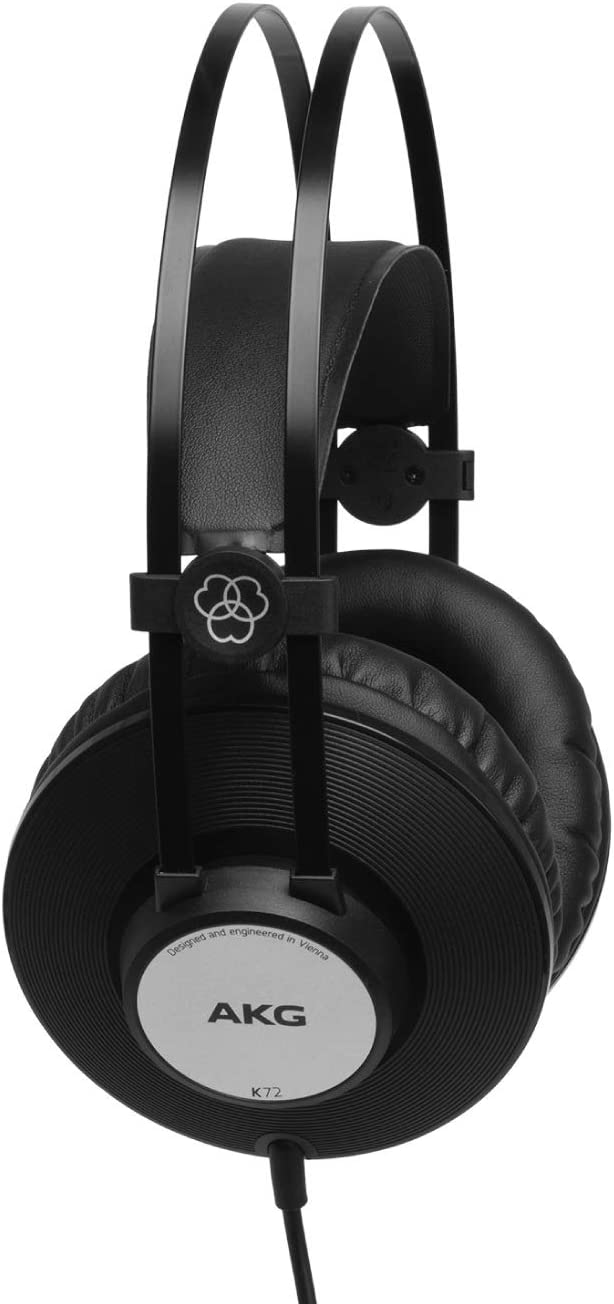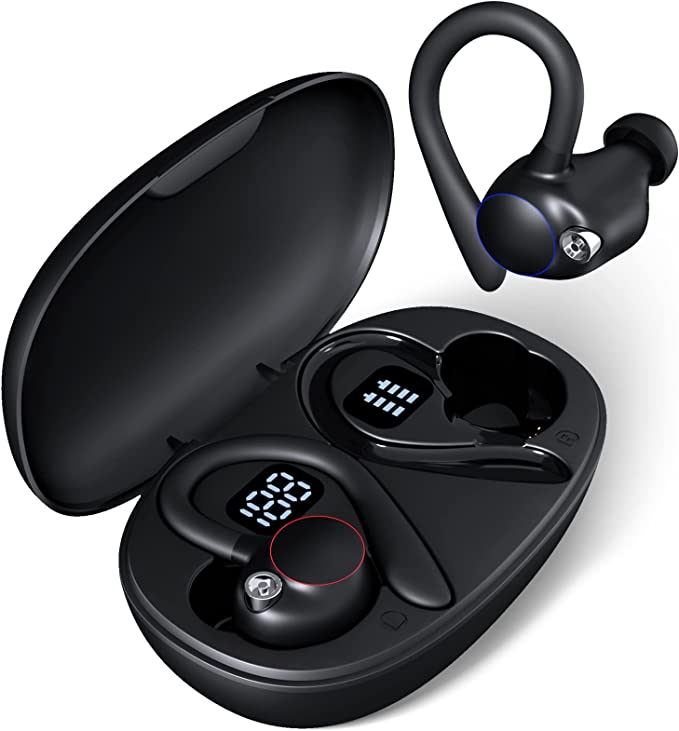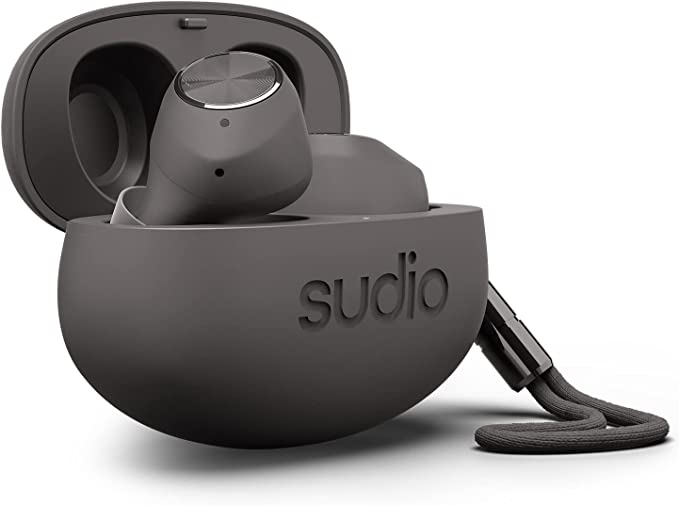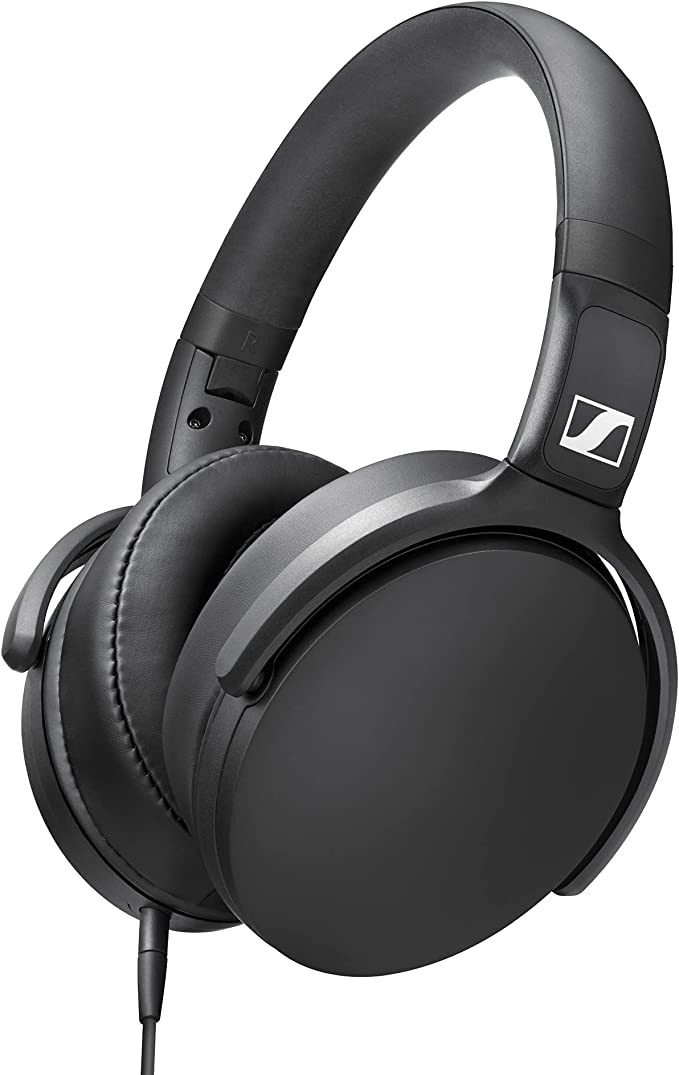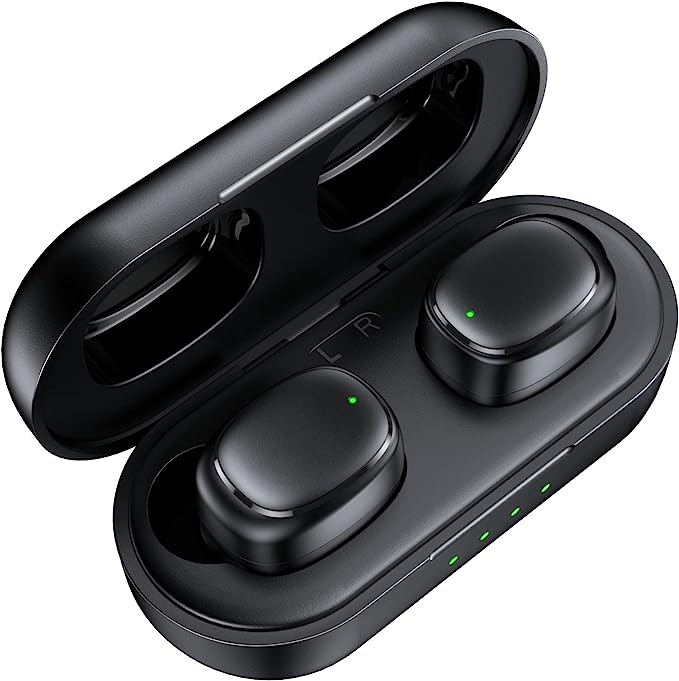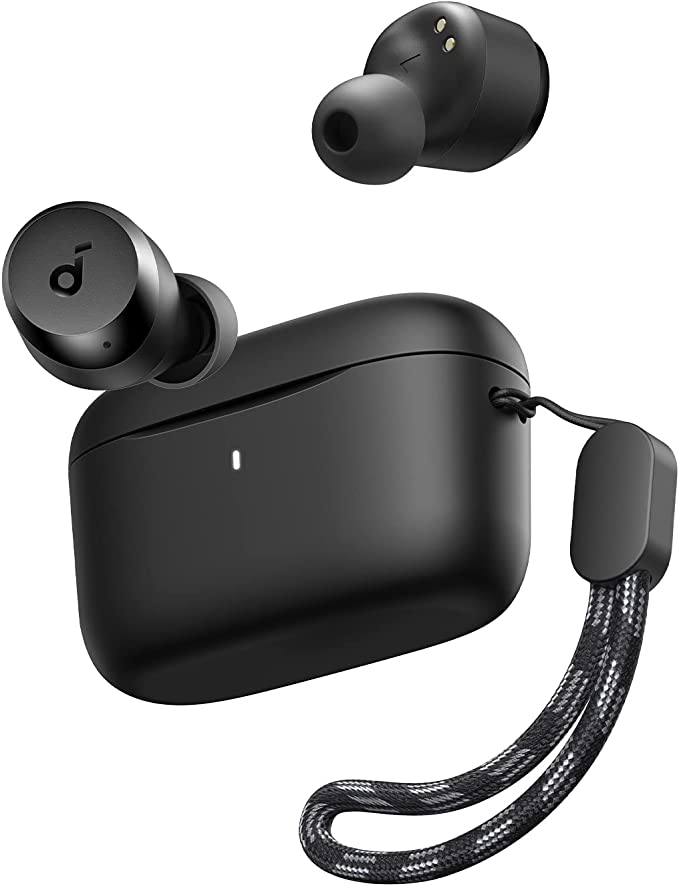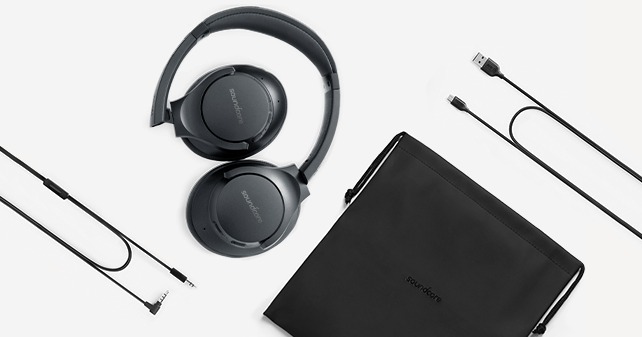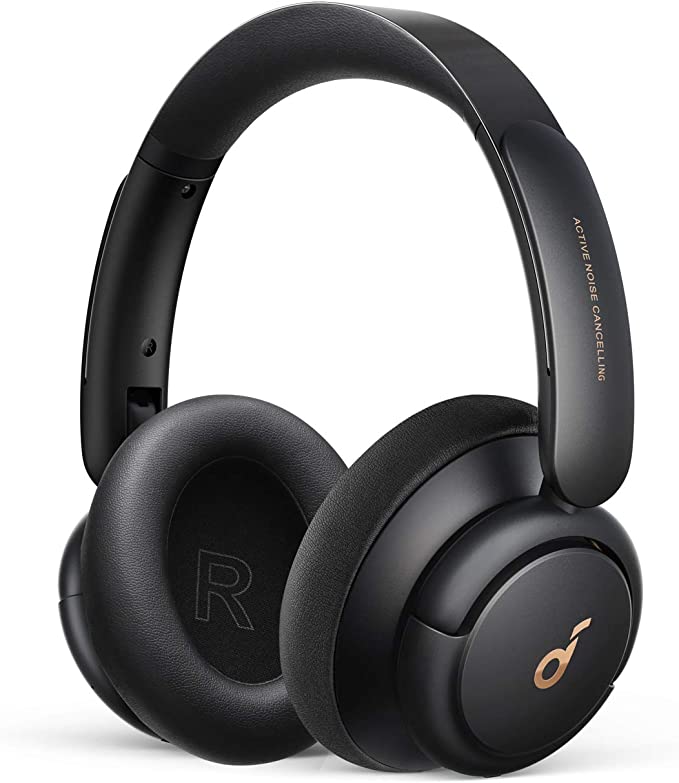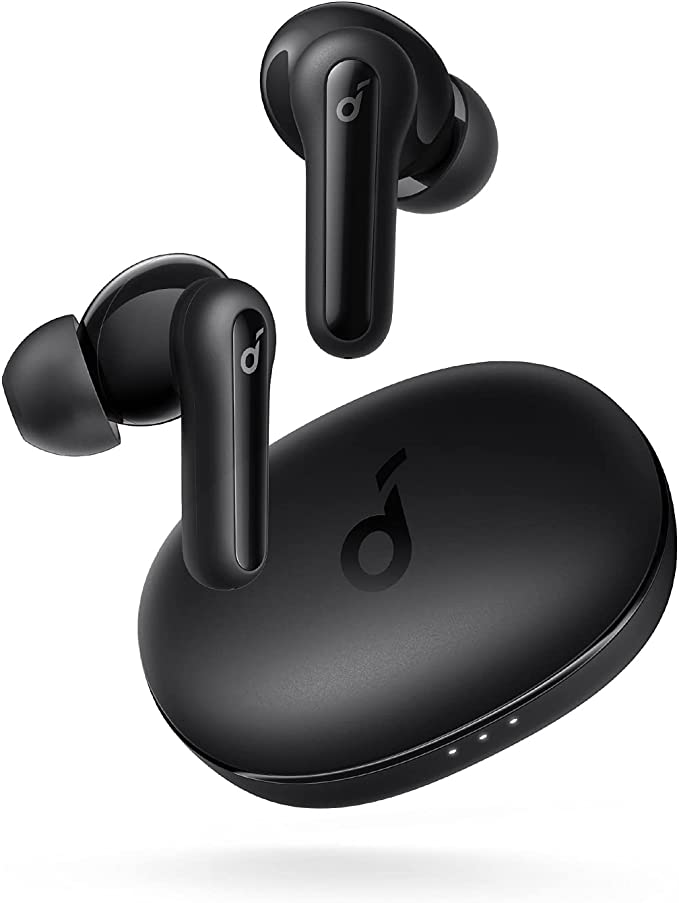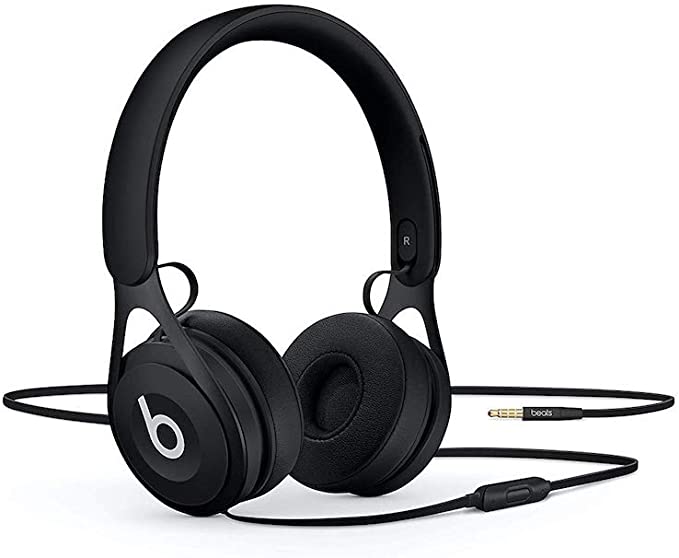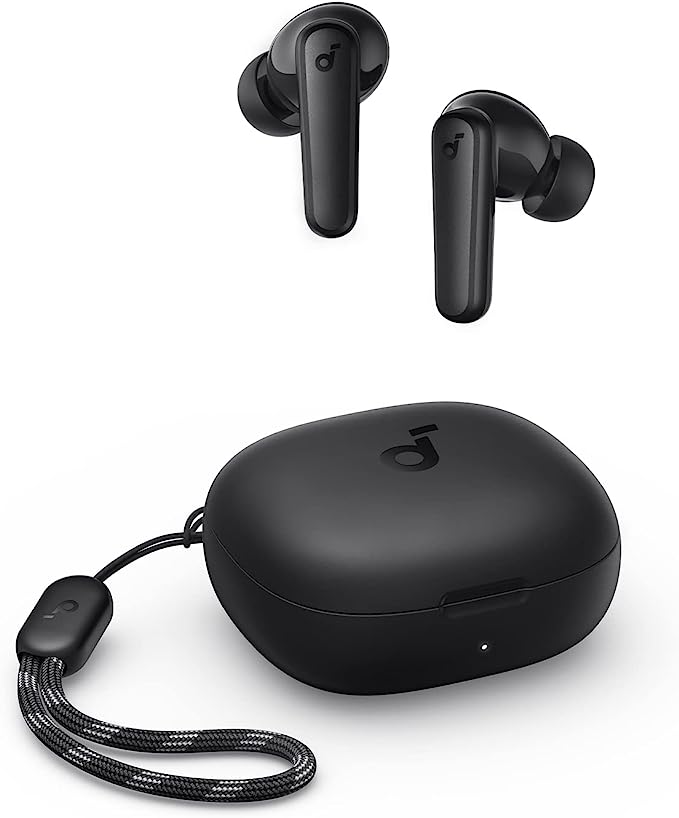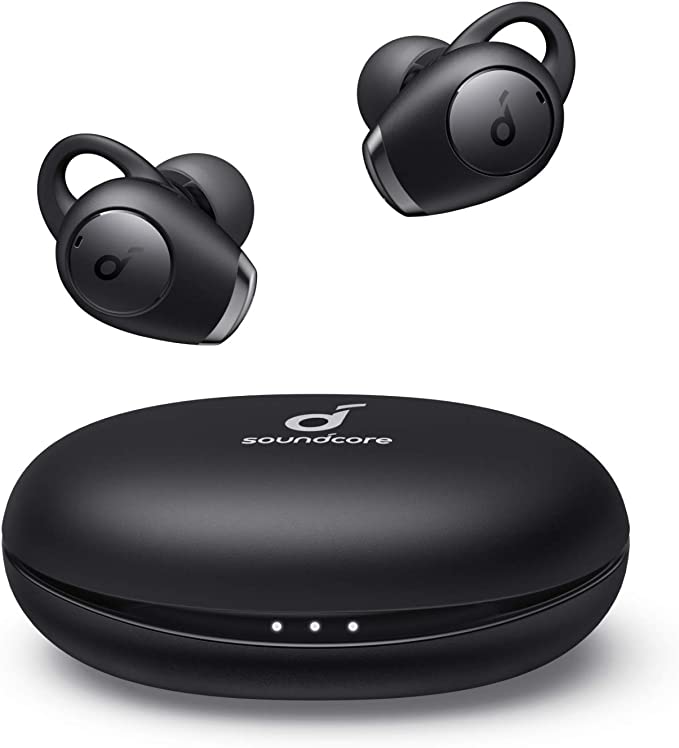Shure SRH1540: The Science of Sound in Premium Closed-Back Headphones
Update on April 13, 2025, 6:01 p.m.
In the world of sound, whether you inhabit the meticulous domain of the recording studio or the personal sanctuary of deep listening, a common quest unites us: the pursuit of sonic truth. We crave audio reproduction that is not only accurate and revealing but also deeply engaging, capable of transporting us into the heart of the music or the intricacies of a mix. Yet, achieving this ideal often means contending with the realities of our listening environments. Noise intrudes, distractions abound, and the need for focus becomes paramount. It’s within this context that tools designed for precision and immersion become invaluable. Enter the Shure SRH1540 Premium Closed-Back Headphones, an offering from a company steeped in professional audio history, aiming to deliver superior acoustic performance, comfort, and durability to engineers, musicians, and audiophiles alike.
But what truly lies beneath the sleek exterior and the promise of premium sound? Let’s peel back the layers and explore the science, the materials, and the design philosophy that shape the SRH1540 listening experience, moving beyond mere specifications to understand how and why they perform the way they do.

The Heartbeat: Deconstructing the SRH1540’s Sonic Engine
At the core of any headphone’s ability to translate electrical signals into moving sound waves is its driver system. The SRH1540 employs custom-engineered 40mm dynamic drivers, a size often favored for its ability to move enough air for satisfying bass response while remaining agile enough for detailed highs. Yet, the driver size is only part of the story. The real magic begins with the motor driving the diaphragm: neodymium magnets.
Why neodymium? Think of it like the engine in a high-performance car. Compared to older ferrite magnets, neodymium packs significantly more magnetic energy into a smaller, lighter package. This intense magnetic field allows for exceptionally precise control over the voice coil and, consequently, the diaphragm’s movement. This isn’t just about making sound louder; it’s about control – the ability to start and stop the diaphragm’s motion with lightning speed. This translates directly into improved transient response – the faithful reproduction of sharp attacks and sudden decays in music, like the crack of a snare drum or the pluck of a guitar string. This level of control is fundamental to achieving the “clear, extended highs” noted in the SRH1540’s description and appreciated by users praising its detail retrieval.
Complementing this powerful magnetic motor is the diaphragm itself – the thin, vibrating membrane responsible for creating sound waves. Shure has developed the SRH1540’s diaphragm using APTIV™ Film. While the exact formulation is proprietary, APTIV is a high-performance polymer known in engineering circles for its desirable combination of low mass, high stiffness, and inherent damping properties. Imagine a perfectly tuned guitar string versus a loose, floppy one. The APTIV film diaphragm acts more like the former. Its stiffness helps it move as a single piston across a wider frequency range, minimizing “break-up” modes where different parts of the diaphragm vibrate out of sync, a common source of distortion. Its low mass allows it to respond quickly to the audio signal, crucial for detail and clarity. Its inherent damping helps quell unwanted resonances after the signal stops.
The result of using such an advanced material, according to Shure, is improved linearity and lower Total Harmonic Distortion (THD). Linearity means the headphone reproduces frequencies more evenly and behaves consistently at different volume levels. Lower THD signifies a purer sound, closer to the original recording, with fewer added harmonic artifacts clouding the details. This pursuit of low distortion is paramount for professional monitoring, where identifying flaws is critical, and equally cherished by audiophiles seeking an uncolored window into their music. It contributes to that sense of clarity and separation, allowing listeners, as one user noted, to “locate the instruments with some separation.”
Further enhancing the driver’s performance is a subtle but important detail: the steel driver frame with a vented center pole piece. The steel frame provides a rigid, non-resonant platform for the driver assembly. The venting addresses a common issue in dynamic drivers: air pressure building up behind the diaphragm as it moves back and forth. By allowing this pressure to escape in a controlled manner, the venting reduces non-linear movement, particularly during large excursions (loud bass notes), further contributing to linearity and helping to eliminate internal resonances for consistent performance across all listening levels.

Crafting the Chamber: The Science of Isolation and Comfort
While the driver creates the sound, the earcup enclosure shapes it and dictates how the listener interacts with their surroundings. The SRH1540 employs a closed-back, circumaural design, choices laden with acoustic and practical significance.
The closed-back nature means the outer shell of the earcups is solid, unlike open-back headphones that allow sound to pass freely in and out. The physics here is straightforward: the solid barrier, combined with a proper seal around the ear, acts as a physical impediment to external sound waves. Think of it like the difference between a single-pane window and a well-sealed double-paned one. This design provides significant passive noise isolation, reducing the intrusion of ambient noise. This is a crucial feature in recording scenarios, preventing microphone bleed from the headphone mix, and equally valuable for focused listening in less-than-silent environments, be it an office, a commute, or simply a noisy home. It also prevents the headphone’s sound from leaking out excessively, a courtesy to those nearby.

The circumaural aspect, meaning the earcups fully encompass the ear rather than resting on it, is key to both comfort and the effectiveness of the closed-back design. For this critical interface between headphone and listener, Shure utilizes Alcantara® ear pads. Alcantara, a synthetic microfiber material often found in high-end automotive interiors, is chosen for its unique combination of properties. It’s exceptionally soft and breathable against the skin, significantly enhancing comfort during long listening sessions – a point frequently praised in user feedback (“comfort is great”). It’s also known for its durability. Crucially, the plush Alcantara pads conform to the contours around the ear, creating the consistent acoustic seal necessary for the closed-back design to achieve effective isolation and predictable bass response. While one user reported an issue with pads slipping, widespread feedback suggests the comfort and seal are generally excellent, though proper placement is always key. This seal helps contain the low-frequency energy generated by the drivers, contributing to the “warm bass” characteristic often associated with well-executed closed-back designs.
It’s worth noting that the closed-back design inherently influences the perception of soundstage. While the SRH1540 is described as having an “expansive soundstage” with “good enough” separation, closed-back headphones typically present a more intimate, “in-head” soundstage compared to their open-back counterparts, which often excel in spaciousness. The SRH1540’s soundstage performance, therefore, should be understood within the context of its isolating design – a trade-off often willingly made for the benefits of noise reduction.
Engineered to Endure: Materials Science in Service of Sound and Longevity
Professional audio gear and premium consumer electronics demand more than just sonic excellence; they must be built to last. The SRH1540 reflects this philosophy through careful material selection aimed at achieving a balance of strength, lightness, and acoustic integrity.
The striking yoke structure, connecting the earcups to the headband, is crafted from aircraft-grade aluminum alloy. This material provides excellent rigidity and strength while keeping weight down, contributing significantly to overall comfort by reducing the load on the listener’s head and neck. The earcups themselves feature carbon fiber caps. Carbon fiber is renowned for its exceptionally high stiffness-to-weight ratio. Using it here likely serves two purposes: further reducing weight and, perhaps more critically, providing a highly rigid, non-resonant surface for the earcup. Unwanted vibrations or resonances in the earcup structure itself can color the sound; employing stiff materials like carbon fiber helps minimize this, allowing the driver’s output to be heard more cleanly.
This combination of advanced materials results in a surprisingly lightweight construction (11.4 ounces / 322 grams) for a headphone of this size and capability, reinforcing its suitability for extended use. Shure further bolsters the long-term value proposition by including a generous set of accessories: a replacement set of Alcantara ear pads, a replacement detachable cable, and a hard-shell storage case. These thoughtful inclusions acknowledge that ear pads and cables are consumables, ensuring users can maintain their headphones in peak condition for years.
However, no design is without potential drawbacks. A recurring point in user feedback is the issue of microphonics, or cable noise – the sound transmitted up the cable into the earcups when it rubs against clothing or surfaces. This phenomenon can be more noticeable in headphones using stiff, durable materials and detachable cable mechanisms designed for robustness. While some find it negligible or manageable by adjusting cable routing or volume, it’s a tangible consideration for users sensitive to such noises, particularly during quiet passages or movement. Additionally, while build quality is generally praised, isolated user reports mentioned potential issues like ear pad detachment or connection problems over time, underscoring the importance of proper handling and the value of the included spares and warranty support.

The Listening Experience: Where Engineering Meets Emotion
Ultimately, the meticulous engineering and material choices converge in the listening experience. Synthesizing the technical aspects and user feedback paints a picture of the SRH1540’s sonic character. It aims for a blend of professional clarity and engaging musicality. The “clear, extended highs,” likely a result of the controlled APTIV film diaphragm, deliver detail and air without harshness, according to most accounts. The “warm bass” is a hallmark, driven by the 40mm drivers working within the sealed enclosure. Users often describe this bass as “punchy” and “tight,” suggesting good control and impact rather than bloatedness, though personal preference varies – a few found it “too bass heavy” or slightly “boomy,” indicating that the bass emphasis, while generally well-received, might not suit listeners seeking absolute neutrality or those particularly sensitive to lower frequencies.
The “expansive soundstage” mentioned needs context; for a closed-back headphone, achieving a sense of space beyond the immediate confines of the head is a design challenge. The SRH1540 appears to perform admirably in this regard, offering better separation and spatial cues than many closed designs, even if it doesn’t replicate the vast openness of a comparable open-back model (like the Hifiman Ananda mentioned by one user).
Its revealing nature, stemming from the detailed drivers and low distortion, means it can be “revealing on poorly mastered recordings.” For an engineer, this is invaluable for identifying flaws. For an audiophile, it means well-recorded music shines, but less-than-stellar tracks might have their imperfections laid bare, which could be fatiguing for some casual listening. This duality highlights its target audience: those who value accuracy and detail, whether for work or pleasure. Users also note its versatility across genres, though its specific signature might lend itself particularly well to music benefiting from impactful bass and clear highs, such as electronic, rock, and pop.
Matching its capabilities to user needs is key. For the studio engineer or musician, the high isolation is paramount for tracking vocals or instruments without bleed, while the detailed sound allows for critical monitoring of performances and mixes. The durability and comfort support long hours of demanding work. For the audiophile, the SRH1540 offers an immersive, detailed listening experience with engaging dynamics, suitable for focused listening sessions at home or in the office where external noise might be a factor. The comfort and premium feel add to the enjoyment.
Conclusion: The SRH1540 Equation - Precision, Comfort, and Durability
The Shure SRH1540 is more than just a collection of high-quality components; it’s a testament to a design philosophy that carefully balances acoustic science, advanced materials engineering, and ergonomic considerations. The powerful, precisely controlled neodymium drivers with their low-distortion APTIV film diaphragms lay the foundation for clear, detailed sound. The closed-back, circumaural design, executed with comfortable and effective Alcantara pads, provides essential isolation and shapes the intimate yet well-defined sonic presentation. The use of aluminum alloy and carbon fiber ensures durability without sacrificing comfort during extended use.
It represents a deliberate equation: precision for the professional, comfort for the long session, durability for the demanding environment, and an engaging sonic character for the discerning listener. While considerations like cable microphonics and a price point that some users feel is best justified during sales events exist, the SRH1540 stands as a compelling option for those seeking a high-performance closed-back headphone. It serves as both a precision instrument capable of revealing the finest details in a recording and a luxurious conduit for simply getting lost in the music, embodying Shure’s legacy of building tools designed for the art and science of sound.

